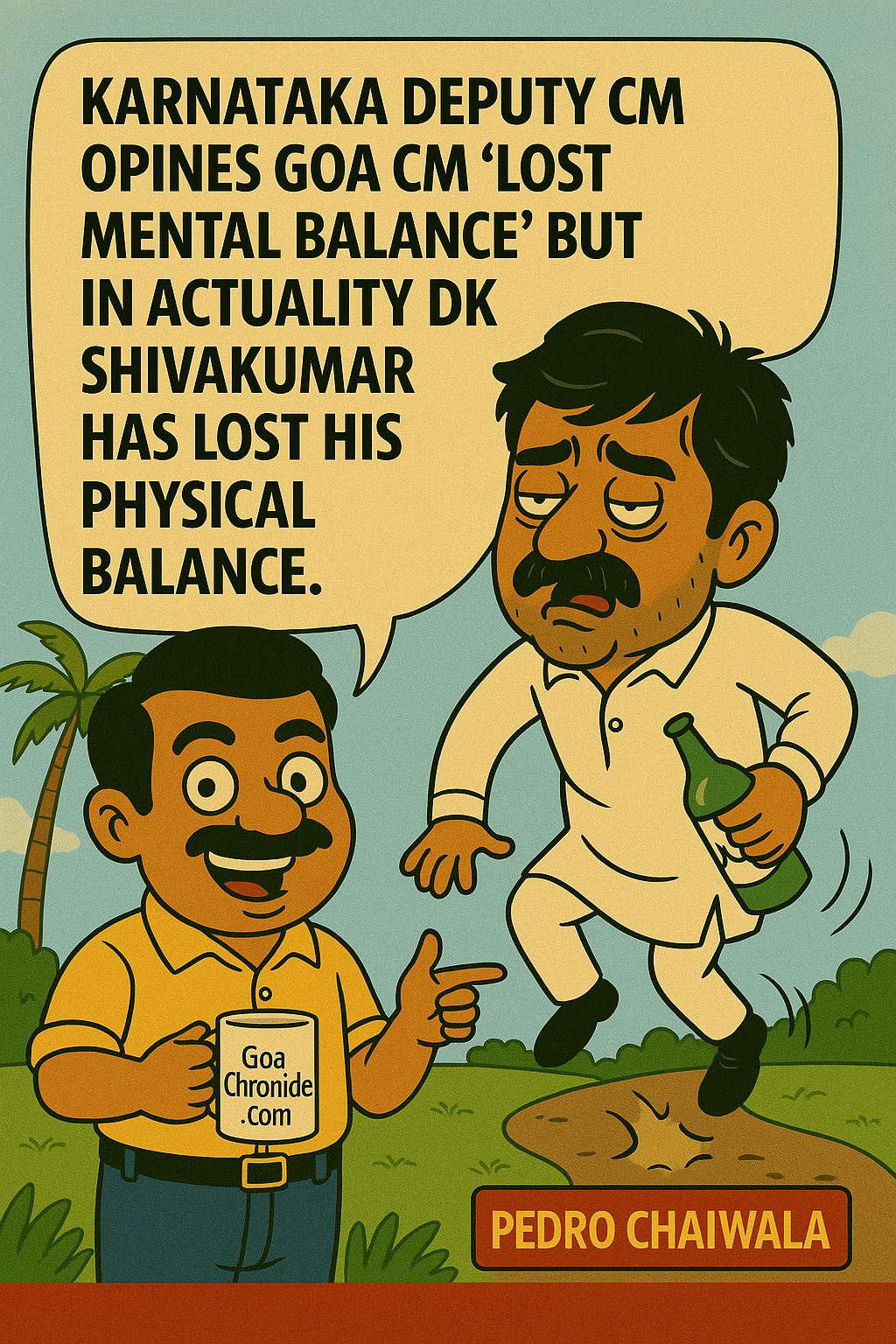Kolkata: Notwithstanding India witnessing a sharp recovery post pandemic on most counts, critiques are still quoting a K-shaped recovery for India, according to Dr. Soumya Kanti Ghosh, Group Chief Economic Adviser, State Bank of India.
According to Peter Atwatera, a lecturer at Virginia-based William and Mary University, who popularized the term, a “K-shaped recovery” could be described as “stacked inequity on one side and stacked privilege on the other”.
He said though it is true that the strong rise in financial assets resulted in an increase in inequality in 2021. However, when correlated with short-run asset price movements, such fluctuations in inequality always prove transient.
Ghosh said in 2022, asset prices have fallen already and a reversal of the 2021 trend can be expected. Importantly, according to Global Wealth Report 2022, a detailed analysis of median wealth within countries and across the world shows that global wealth inequality has fallen this century due to faster growth achieved in emerging markets. The average household has thus been able to build up wealth over the last two decades.
Interestingly, studies in India have revealed (Gupta et. all, NBER, Dec 2021) that inequality declined during the pandemic. In fact, the NBER study concludes that there was decline in income of the rich attributable to the high sensitivity of business income to aggregate fluctuations. Thus, in hindsight, the pandemic may have been a leveller in terms of inequality with the poor getting protected through measures such as food transfers. Bhalla et all, IMF WP 2022 concluded that pandemic support measures by government of India were critical in preventing extreme poverty in India and thereby prevented rise in inequality, with food transfers, he said.
“Taking a cue from wealth distribution, we went a step further to test the hypothesis of how the free food grain distribution is impacting the distribution of wealth on population quintiles for the poorest of the poor, we did the following exercise,” Ghosh said.
He said, “Data on Gini Coefficient was taken from the percentage distribution of the de jure population by wealth quintiles, according to residence and state/union territory, India, 2019-21, provided by National Family Health Survey (NFHS – 5), 2019–21. We analyzed the impact of share of Rice procurement (since Rice is still the stable food for most of the people in India), on Gini Coefficient for 20 States. We further analyzed the impact of share of wheat procurement on Gini Coefficient for 9 States.”
“Our results show that relatively laggard states in terms of in equal distribution of wealth across different population quintiles, Rice Procurement and Wheat procurement in such states had a significant impact on reducing inequality through reduction in Gini coefficient. These states were Assam, Bihar, Chhattisgarh, Jharkhand, Madhya Pradesh, Odisha, Uttar Pradesh, Uttarakhand and West Bengal. The impact of Rice and Wheat Procurement on % population for Lowest and Second quantiles of wealth, revealed a sharp decline in the percentage population in such quantiles of the population,” Ghosh said.
“We believe there are 2 ways in which the procurement of cereals are lowering inequality,” he said.
First, a higher procurement, is benefitting the poorest of the poor in terms of subsequent free distribution of food grains. Second, the procurement may have also put money into the hands of smaller and marginal farmers, with distributional impact. This also shows that the procurement of cereals of the Government over time may have become more efficient across states, Ghosh said.
Interestingly, with food being provided free under NFSA, the cost actually paid by the households for the quantity obtained from the PDS will be zero. This lower of demand of cereals at market prices will concomitantly lower the mandi prices of cereals and this will have a sobering impact on the CPI food inflation, he said.
“We also find that several Government transfer payments for the poor are adding Rs 75,000 to a household per annum,” Ghosh said.
“Our results clearly substantiate that in the Indian context, it is an incorrect conjecture to assume that inequality has worsened during pandemic. With a progressive growth in output across states as proxied by GSDP, it is clear that the fruits of such a growth have clearly reverberated and dovetailed into an inclusive growth. India has thus done quite well during pandemic in terms of navigating income shocks across deciles of population,” he added.































